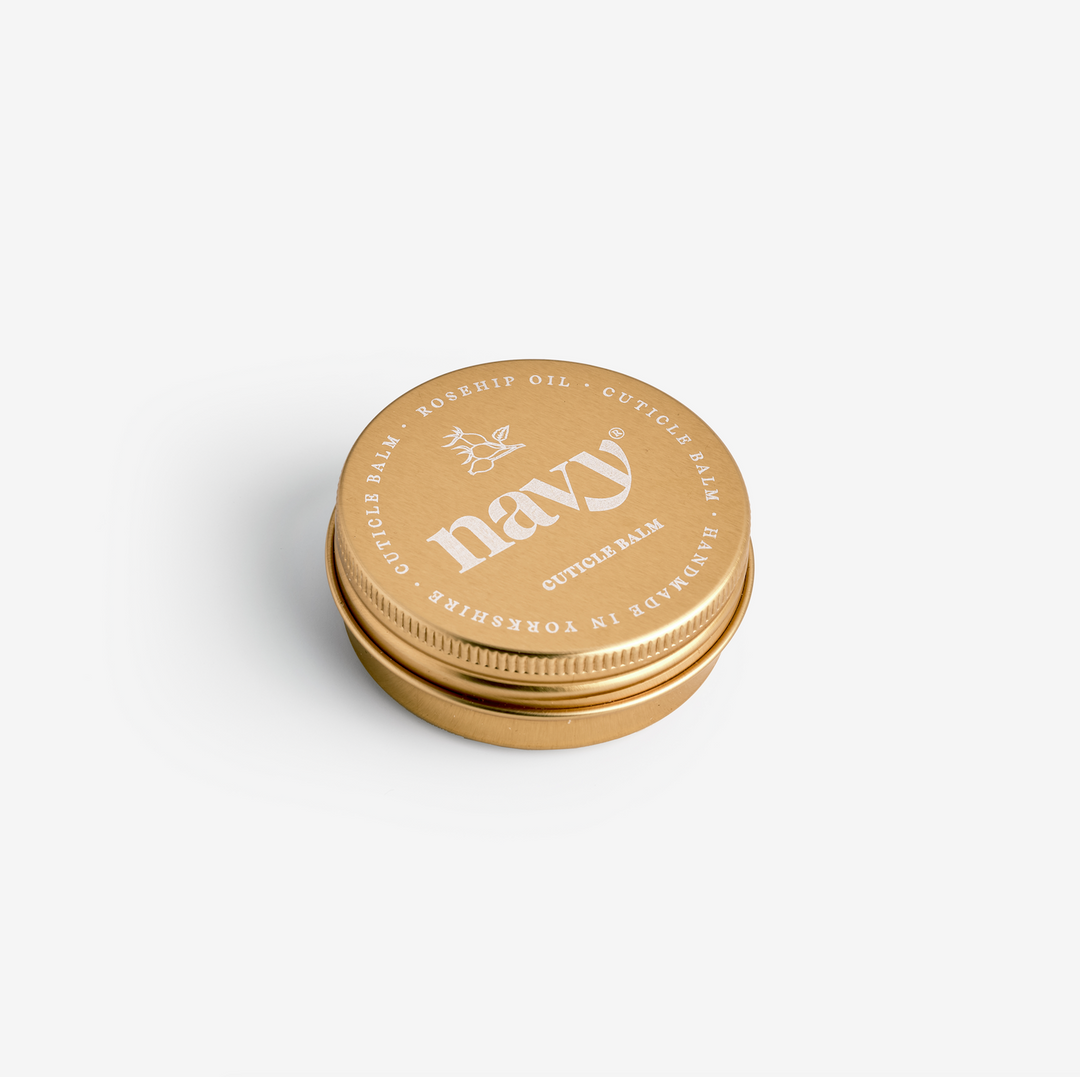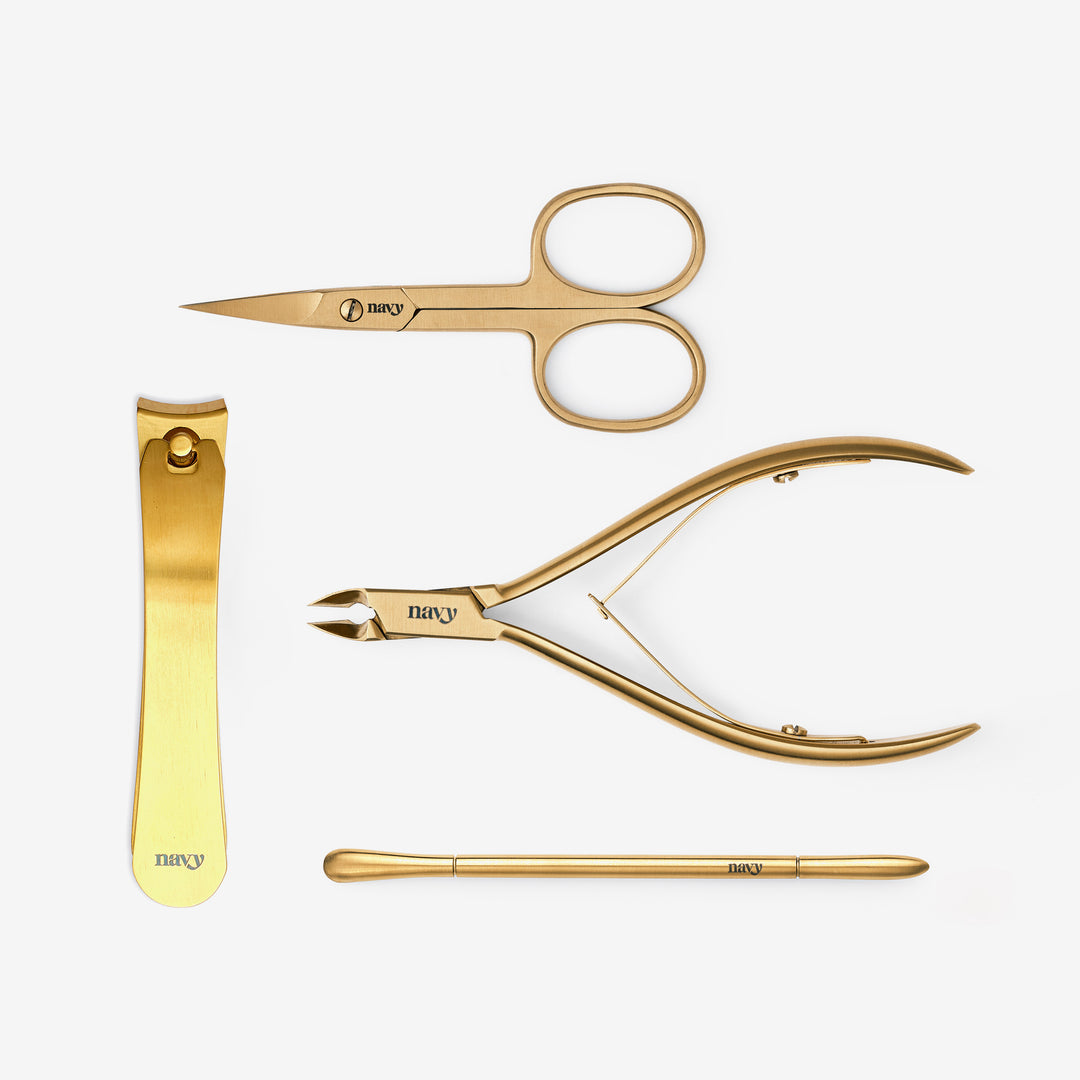As summer begins to fade (we aren’t even sure what summer is anymore after what we’ve just experienced!) a new season begins. Nature is soon going to start preparing itself for the next season, its nature's last party before winter comes and freezes it over.
This season we want to encourage self- care with our Nourish Feed & Grow campaign .
When does Autumn begin?
If we’re speaking technically, autumn actually has two start dates…
- Astronomical: Normally on 21st September (or one day on either side) the first day of autumn is marked by the equinox - when daylight and dark hours are equal.
- Meteorological: Scientists who specialise in weather split the year into quarters based on temperatures for data purposes, so by this method autumn would 1st September until 30th November.
What should we look for?
Leaves changing colour…
One of our favourite autumn features is definitely when the leaves start showing all of their beautiful autumn colours! With less sunlight, trees stop producing what they need to convert light into energy to grow which is why the red and yellow pigments appear instead of green.
Migrating birds…
Many birds such as nightingales, cuckoos, swifts and swallows, fly to warmer climates to gear up for winter. Sometimes if you look close enough you can see huge flocks lining up on telephone wires ready for their 6,000-mile journey to South Africa!
Before long we’ll also see some arrivals such as different types of ducks and geese heading to the UK from colder climates like Iceland and Scandinavia.
Fruits for foraging…
Late August to early September is the absolute prime time for blackberries. Keep an eye out on bramble buses and hedgerows as these will seen be ripe and ready with blackberries, sloes, rosehips, and wild raspberries.
(But don’t take them all, make sure to leave some for the animals too!)
Falling seeds…
During the autumn season, lots of seeds ripen and then fall to the ground. Have a look for acorns, shiny brown conkers, and prickly beach masts in the leaf litter on the floor.













